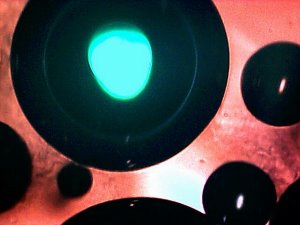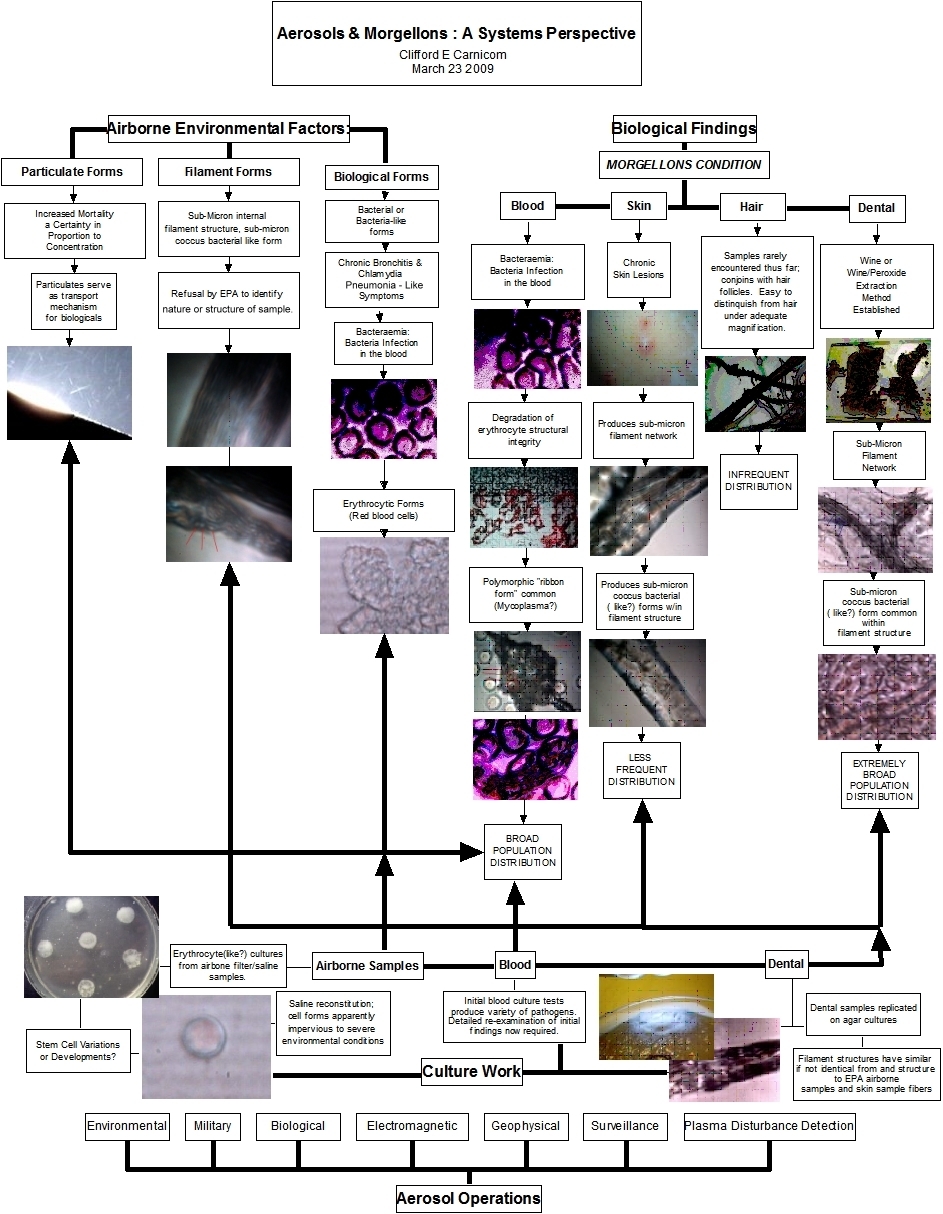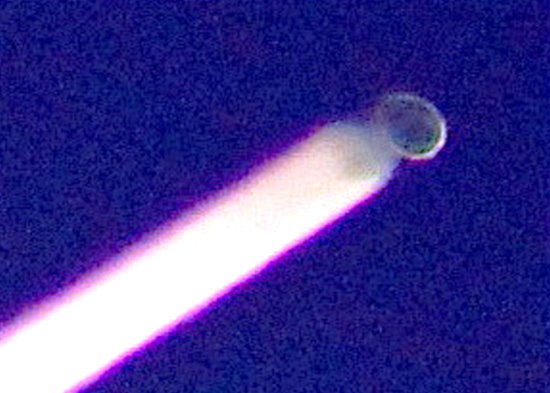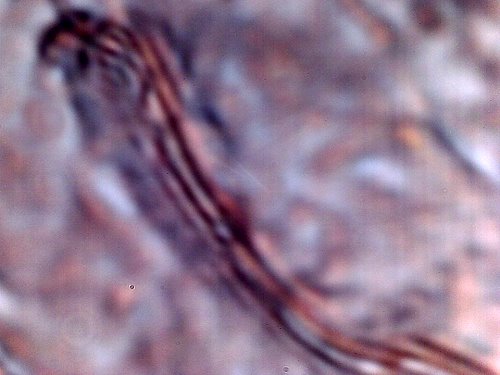
MORGELLONS STATEMENT
This paper reiterates that there needs to be the clarification of the term 'Morgellons' to sway from originally being perceived as manifesting primarily an anomalous skin condition. Though there is a small portion of the population classified as having the Morgellon's condition, who show skin lesions that resist healing and have the presence of filaments that emanate from these sores, it is not the skin condition that defines the actual pathology. More recent research strongly indicates the underlying symptoms are much deeper and more broadly distributed than has been realized, and that blood borne vectors may be a common denominator amongst affected individuals. The presence of skin anomalies as the primary criterion for determining the existence of the condition appears to be especially deficient. Any reference to supposed "delusional parasitosis" in light of the physical examinations and documentation available appears to be a gross miscarriage and misdirection of effort to help these people, and needs to stop.










